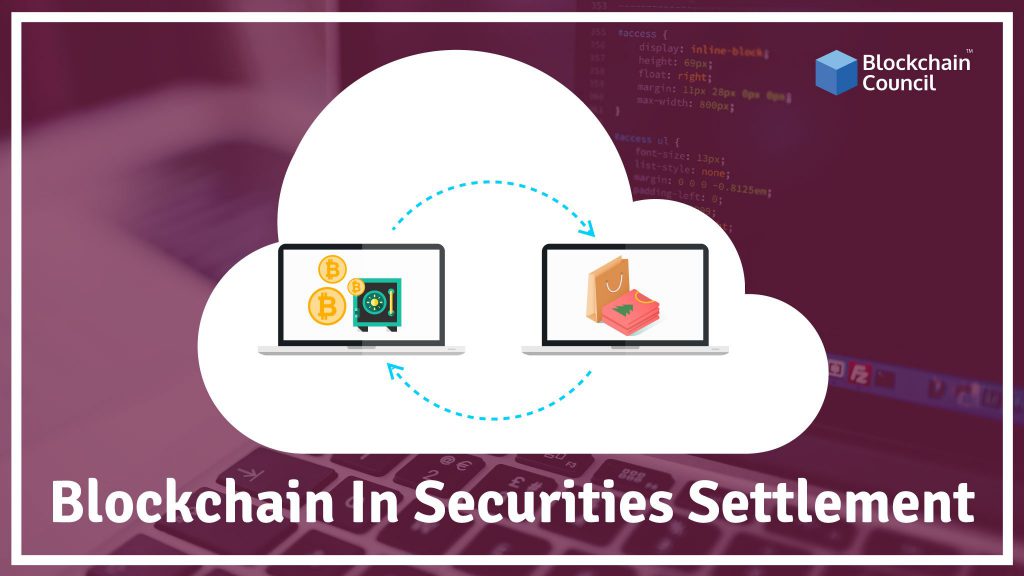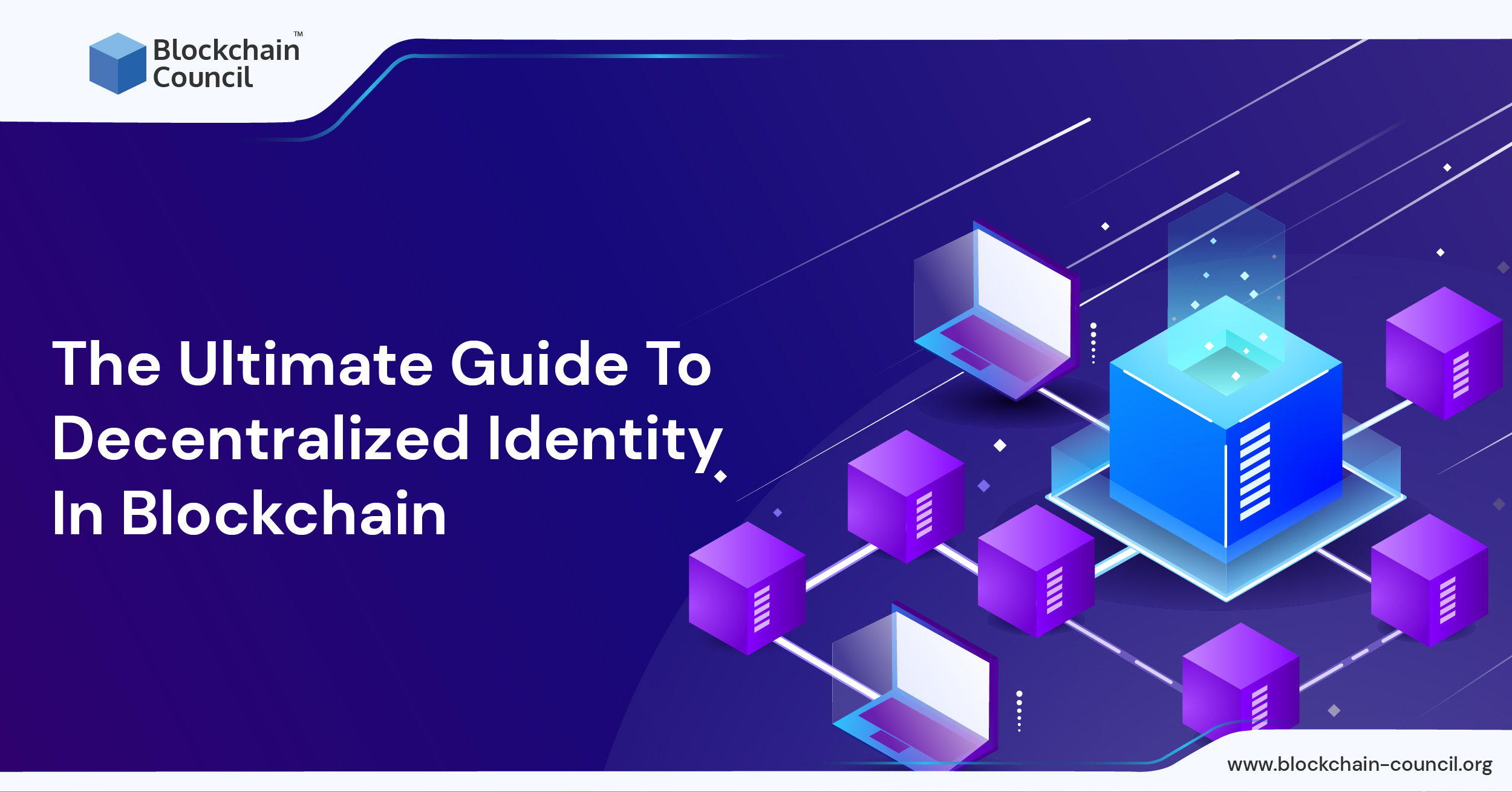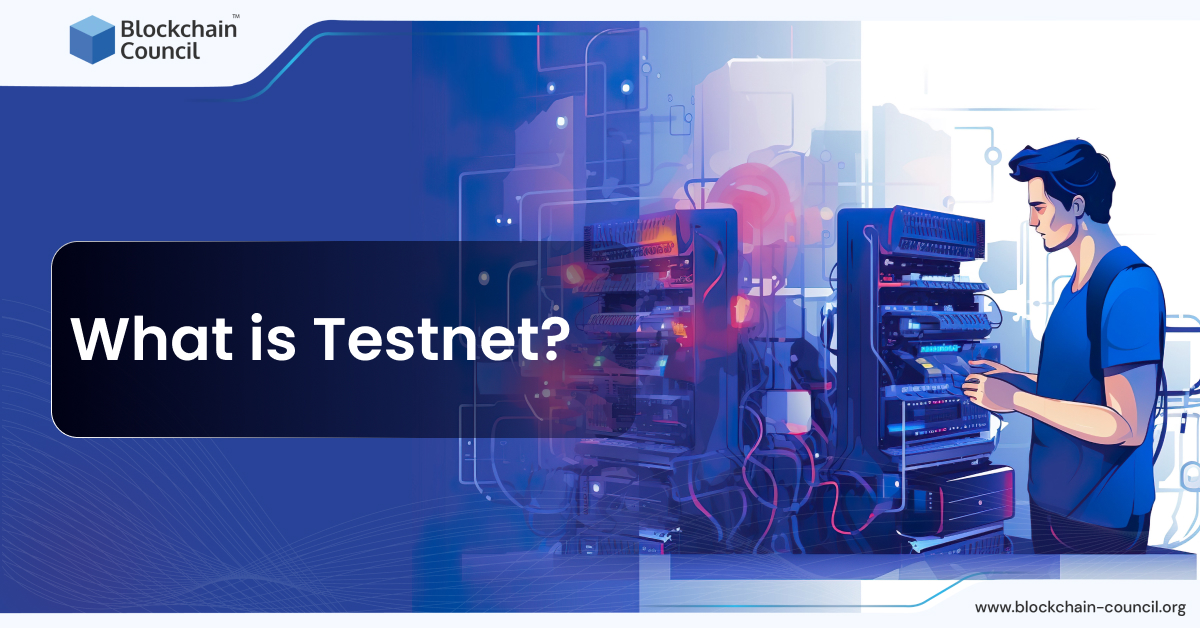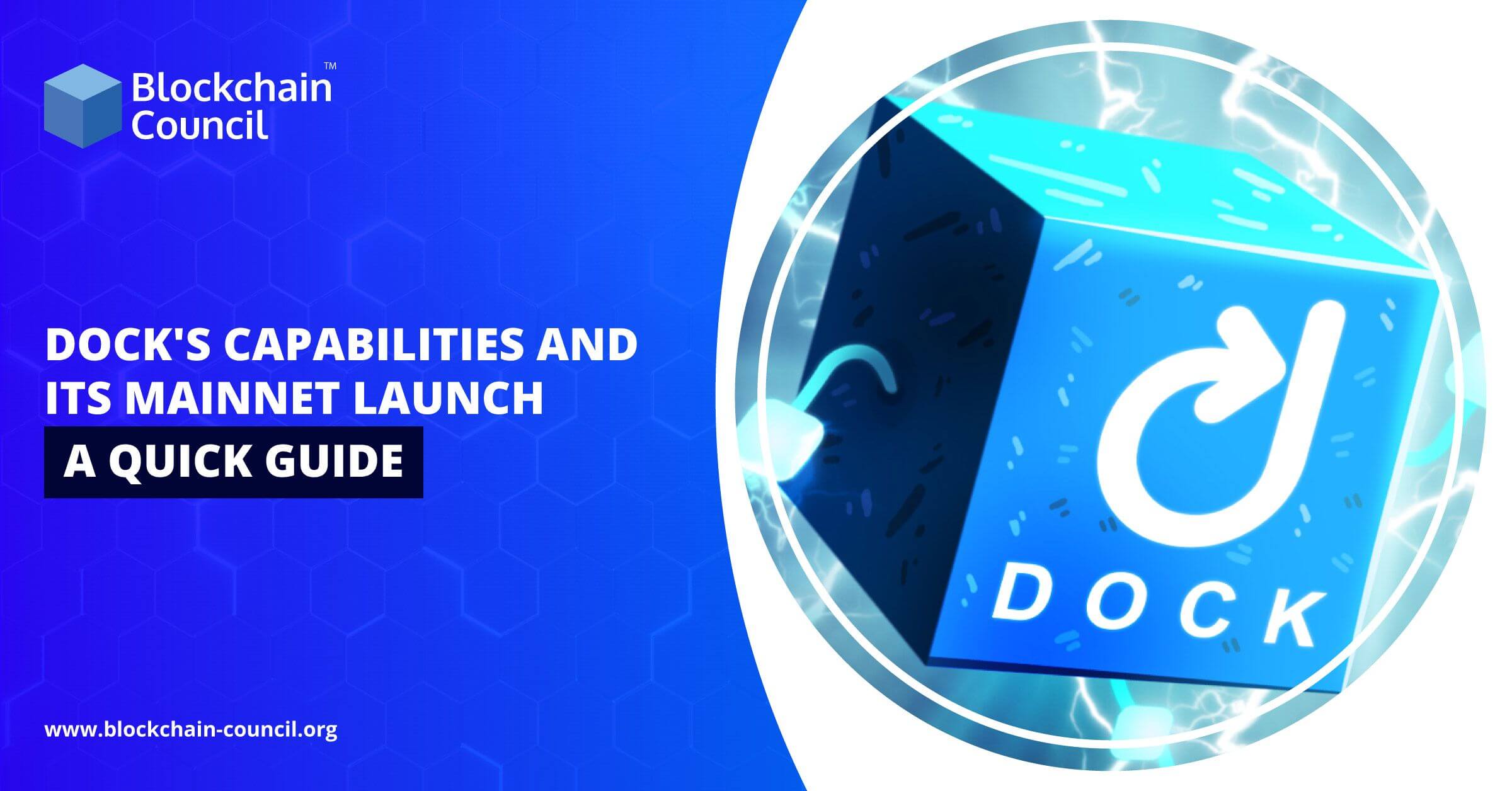
- Toshendra Kumar Sharma
- September 20, 2017
Clearing comprises all processing from the time the commitment for a securities transaction is entered into until consideration is exchanged in settlement thereof – usually contemporaneously. Advanced removal systems and legal provisions are needed. This is because the speed of trading by far outpaces the ability to complete each such transaction. The clearance process includes a legal transition. During the time span between trade and resolution, a purchaser’s rights are purely contractual and thus personal. Only after an agreement, they become proprietary, terminating counterparty risk. However, the target is the settlement and clearing inaccurate timing within the accordance with ISO 20022. This objective requires not only broad-based financial technology but also significant investment and legislative adjustments and harmonization. Of course, even with digitally assisted, ledger-based transfers and digital communications, it is far more accurate to speak of near-real-time settlement.
How does it work?
Cost-benefit analysis is controversial in an age of scepticism over further market acceleration. Elimination of one problem through real-time clearing and settlement is counterparty risk. This is the risk that one party in the chain defaults by insolvency. This summary references legal, institutional, policy and structural issues involved in arriving at real-time clearing and settlement.
While countries strive for near-real-time clearing systems, the ambition to come at near-real-time settlement systems is not keeping pace. This is so in part because it would adversely affect banks’ access to funds technically in transit. An actual real-time payments system would reduce the negative float to zero. This would potentially require banks to keep funds available at all times in order to make final payment in real time. However, in reality, banks do not have funds available but have to find them to make a timely settlement. They accomplish this settlement through a variety of liquidity optimisation algorithm that allows them to come up only with the necessary minimum of funds to cover payment orders. This is also the reason why real-time settlement (RTGS) systems are not scaled toward consumers. However, currently, RTGS remain restricted to interbank settlements.
To understand the tasks involved, it helps to realize that the work of reassigning and delivering a security consists of several complex steps that must be verifiable and traceable at the lowest possible cost.





































































 Guides
Guides News
News Blockchain
Blockchain Cryptocurrency
& Digital Assets
Cryptocurrency
& Digital Assets Web3
Web3 Metaverse & NFTs
Metaverse & NFTs
